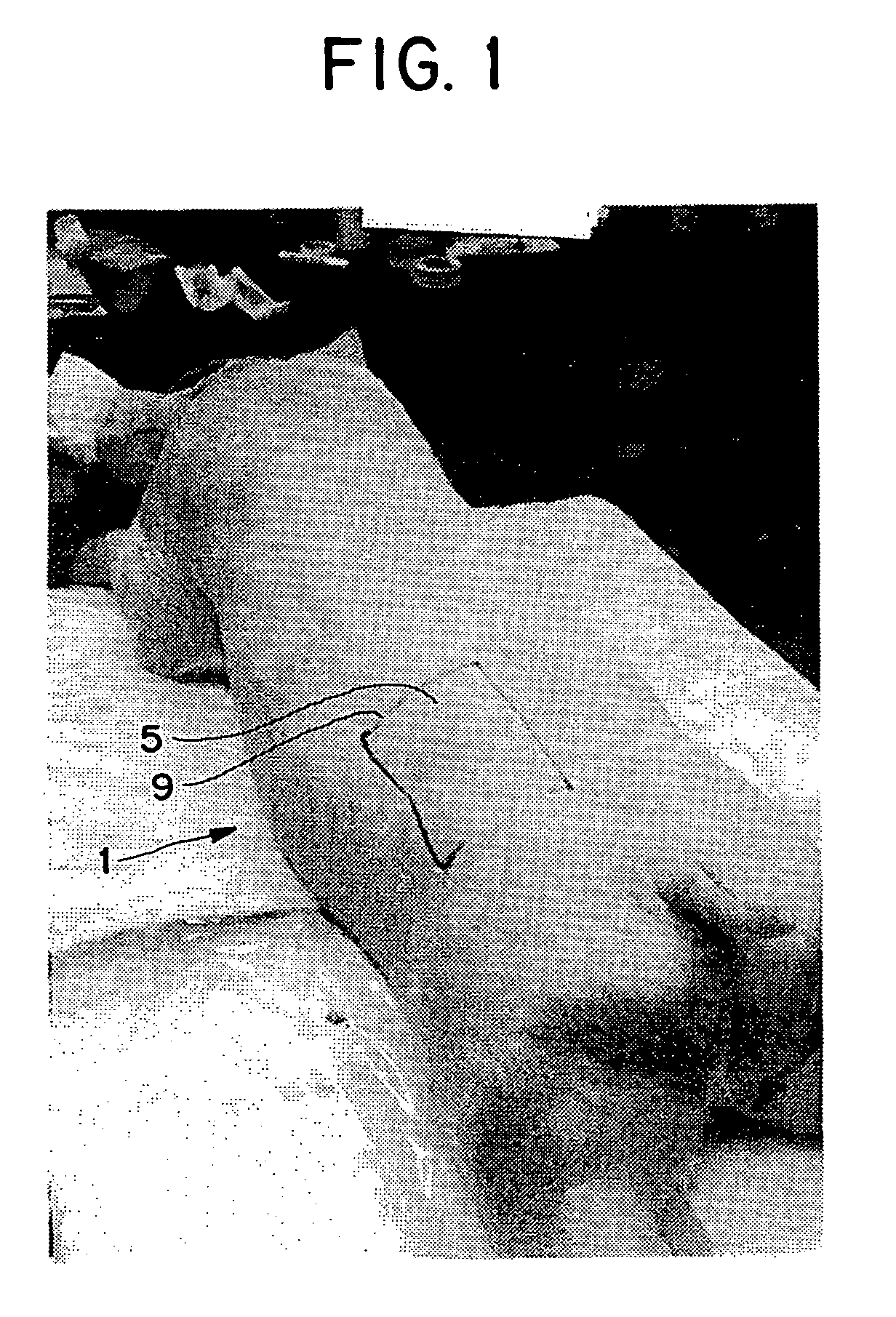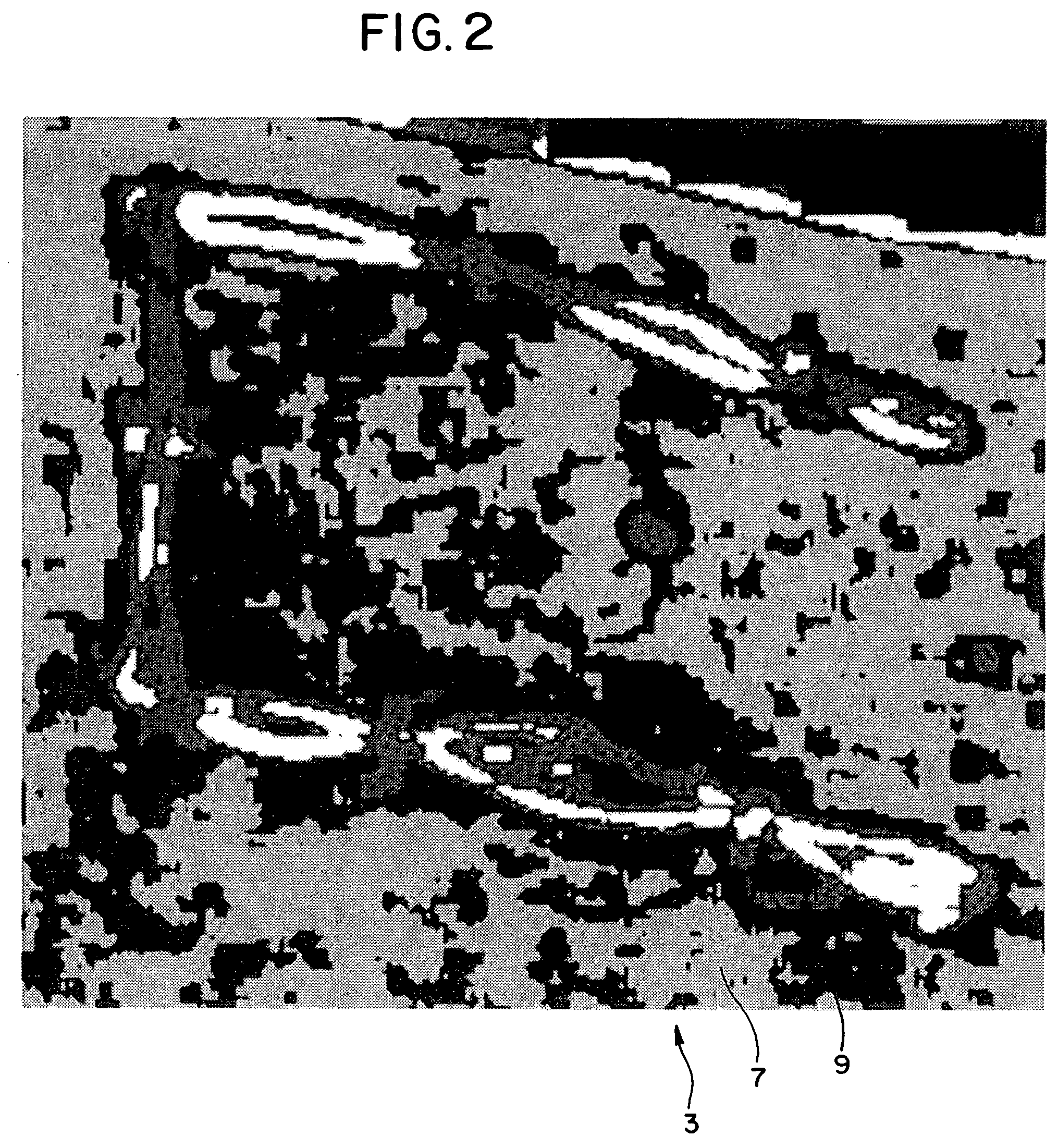Optical imaging of blood circulation velocities
a technology of optical imaging and blood circulation, applied in the field of sensing blood velocity, can solve the problem of difficult direct measurement of rbc velocity, and achieve the effects of reducing the effect of local tissue irregularities, eliminating registration errors, and improving the accuracy of velocity computation
- Summary
- Abstract
- Description
- Claims
- Application Information
AI Technical Summary
Benefits of technology
Problems solved by technology
Method used
Image
Examples
Embodiment Construction
[0049]The LSCA / MS device consists of a laser system for illuminating the sampled tissue, a collection system for collecting tissue images and laser speckle data from tissue, a data processing system, and a display system.
[0050]The laser system consists of a laser and a beam expanding telescope that consists of a focusing lens and a pinhole to illuminate the sampled area with a uniform beam.
[0051]The collection system consists of a laser filter, a multi-element collection lens, a shutter, and a detector unit. The laser filter is used to eliminate the ambient light from laser speckle images. A visual tissue image can be obtained by removing the laser filter. The multi-element lens is used to collect the scattered light and to focus an image onto a detector array. The shutter is used to control the exposure (integration) time.
[0052]The data processing unit initializes the device by setting the exposure time, coordinates the timing for collecting speckle images with the blood pulse of t...
PUM
 Login to View More
Login to View More Abstract
Description
Claims
Application Information
 Login to View More
Login to View More - R&D
- Intellectual Property
- Life Sciences
- Materials
- Tech Scout
- Unparalleled Data Quality
- Higher Quality Content
- 60% Fewer Hallucinations
Browse by: Latest US Patents, China's latest patents, Technical Efficacy Thesaurus, Application Domain, Technology Topic, Popular Technical Reports.
© 2025 PatSnap. All rights reserved.Legal|Privacy policy|Modern Slavery Act Transparency Statement|Sitemap|About US| Contact US: help@patsnap.com



